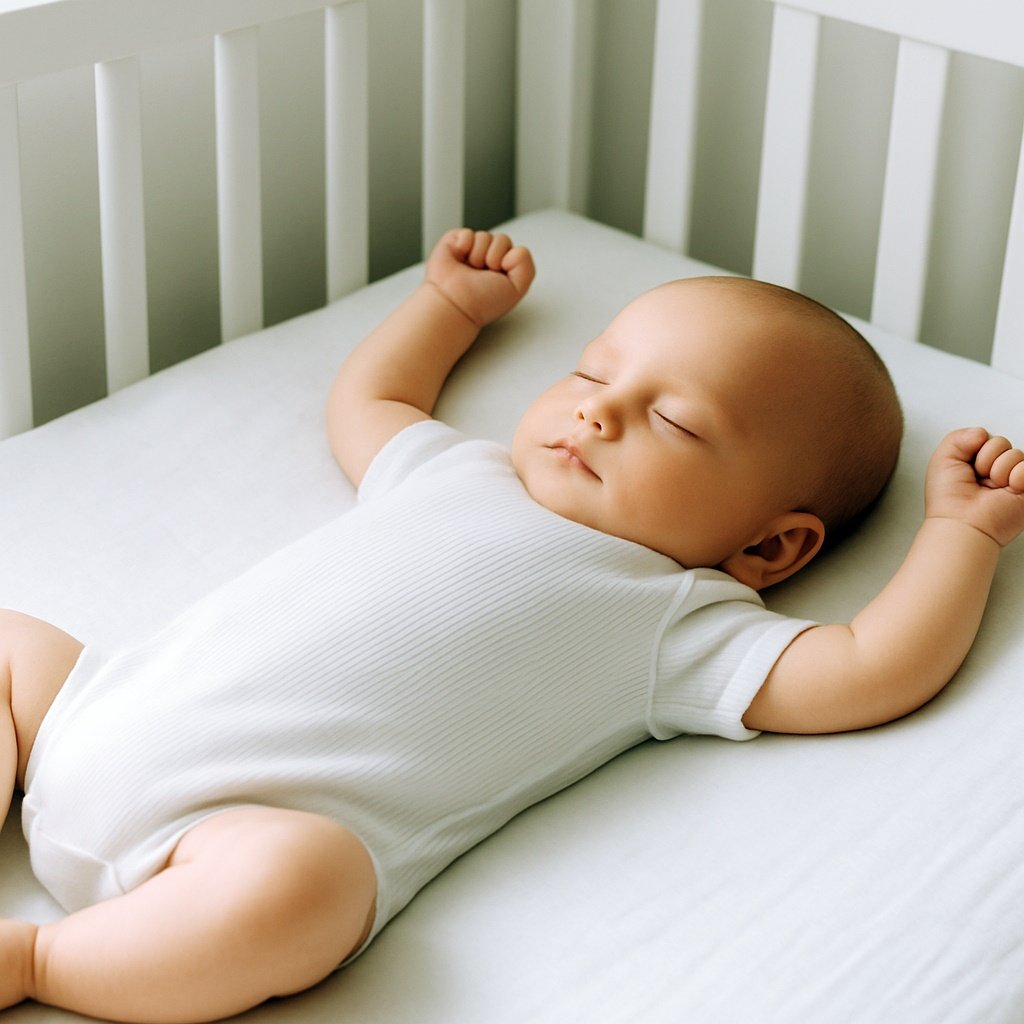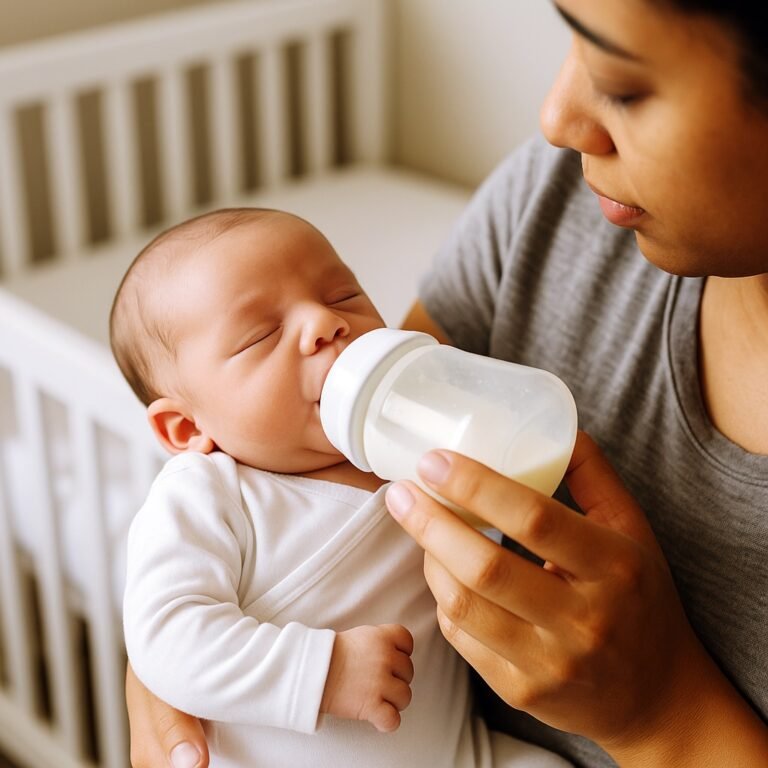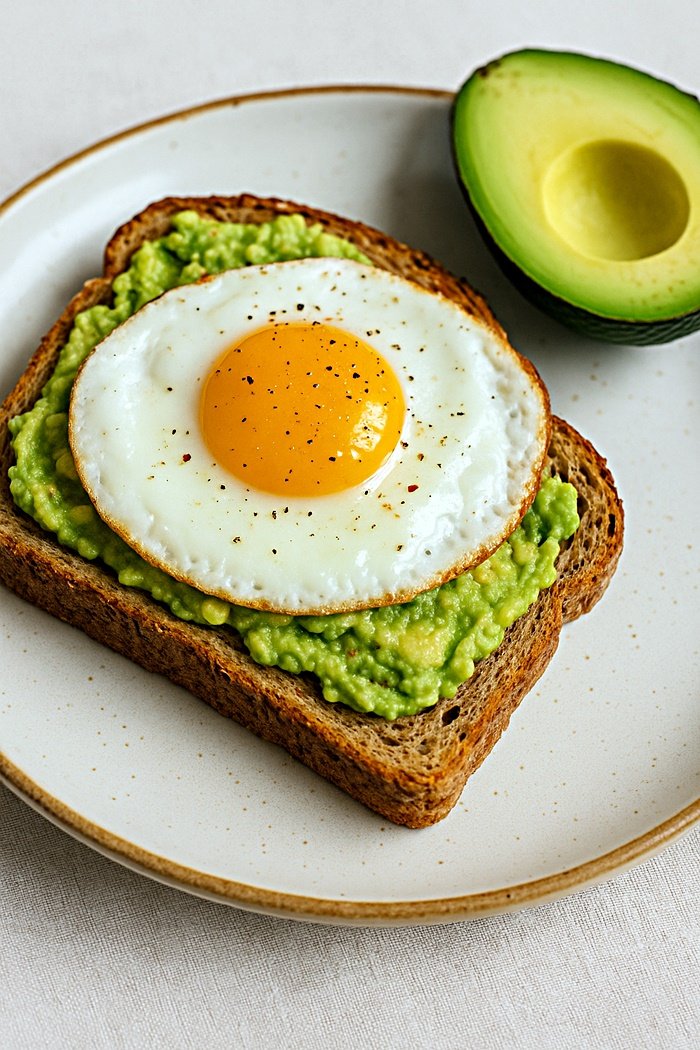
One Thing Every Newborn Needs: A Safe Place to Sleep
When you’re preparing for your baby’s arrival, it’s easy to get caught up in buying clothes, toys, and cute accessories. But beyond the adorable onesies and tiny socks, one of the most important things your newborn truly needs is a safe place to sleep.
Why a Safe Sleep Space Matters
A newborn’s sleep environment is directly linked to their safety and well-being. The American Academy of Pediatrics (AAP) stresses that babies should sleep on a firm, flat surface with no pillows, blankets, bumpers, or toys.
This isn’t just a recommendation — it’s a proven way to reduce the risk of Sudden Infant Death Syndrome (SIDS) and other sleep-related dangers.
What Safe Sleep Looks Like
- Crib, bassinet, or play yard that meets current safety standards
- Firm mattress with a snug-fitting sheet
- No loose bedding, pillows, stuffed animals, or crib bumpers
- Baby sleeps on their back for all naps and nighttime sleep
- Room-sharing without bed-sharing — keep baby’s sleep space in your room for the first 6–12 months
Benefits of a Safe Sleep Space
- Reduces the risk of SIDS and suffocation
- Helps establish healthy sleep habits early on
- Provides peace of mind for parents during the night
- Keeps baby’s spine and head supported during early growth
Additional Newborn Sleep Tips
- Maintain a comfortable room temperature (68–72°F / 20–22°C)
- Use a wearable blanket or sleep sack instead of loose blankets
- Keep the sleep space free from cords, strings, or blinds that could pose a strangulation hazard
- Follow a consistent bedtime routine to help your newborn recognize sleep cues
Bottom Line
While your newborn will need many things during their first months of life, a safe place to sleep is non-negotiable. By following safe sleep guidelines and creating a secure, clutter-free environment, you’ll be giving your baby one of the greatest gifts — a healthy and protected start to life.
Download Safe Sleep for Newborns Checklist




